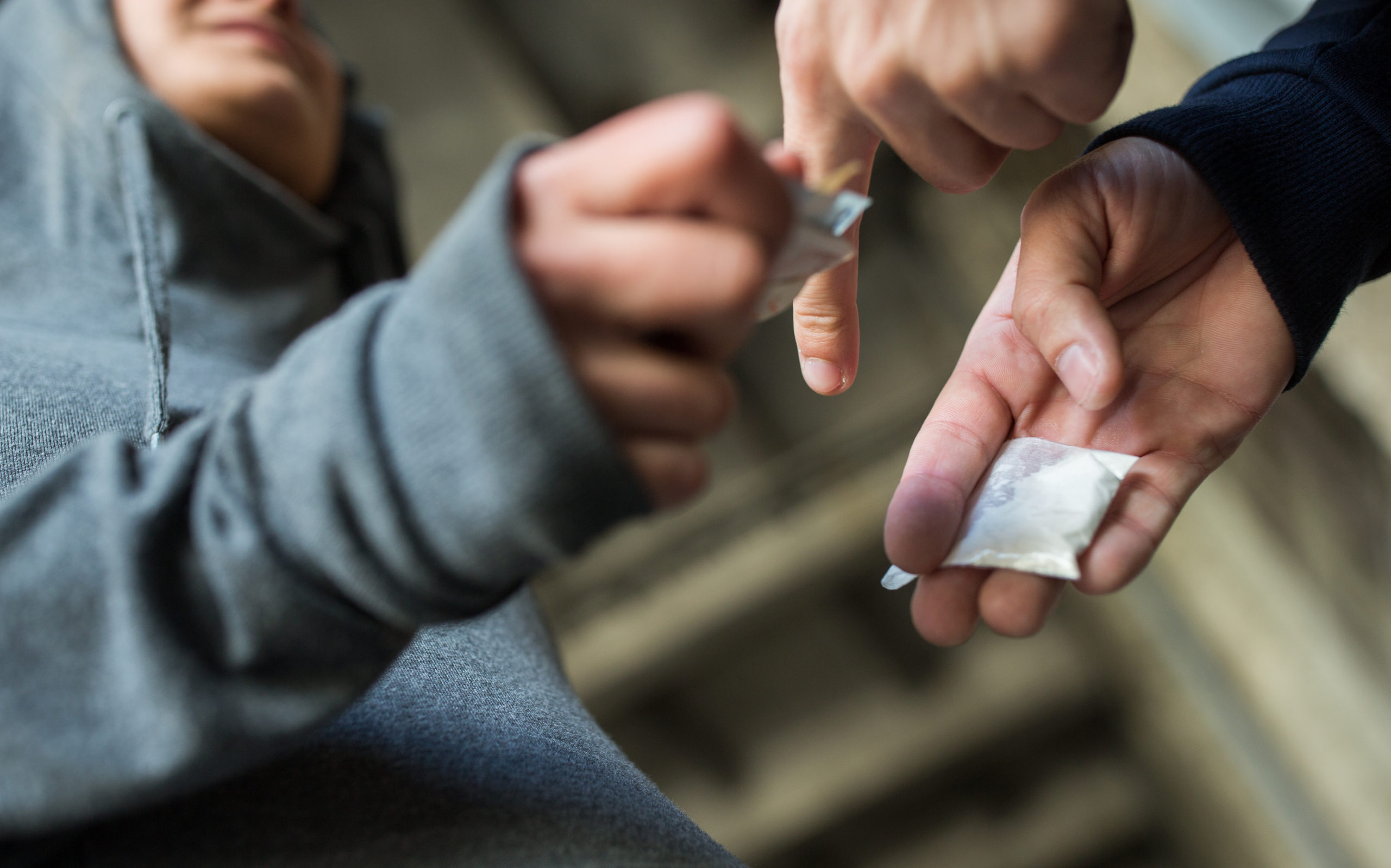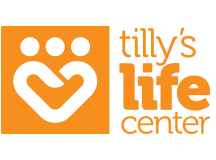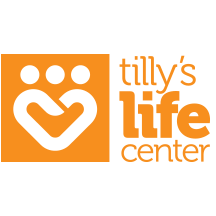
19 Oct The Fentanyl Crisis’ Threat to Teens
What Is Fentanyl?
According to the California Department of Public Health, “Fentanyl is a synthetic opioid that is up to 50 times stronger than heroin and 100 times stronger than morphine.” This drug is a key factor in many overdoses, both fatal and nonfatal in the United States. Even a very small amount can be lethal. According to the United States Drug Enforcement Agency, “42% of pills tested for fentanyl contained at least 2 mg of fentanyl, considered a potentially lethal dose” while “DEA analysis has found counterfeit pills ranging from .02 to 5.1 milligrams (more than twice the lethal dose) of fentanyl per tablet.” Fatal dosage depends on body size, so for teens, the risk could be even more threatening than for adults.
What makes teens especially at risk is that, in many cases, users do not always know they are taking fentanyl. While fentanyl can be used in medicine by licensed medical professionals to treat severe pain, illicit fentanyl is a street drug that can be cut into other drugs without a user knowing. It can be added that there are many drugs that teens might perceive as less serious, thereby making them extremely dangerous and highly addictive. Moreover, a new threat on the street is rainbow fentanyl which is often made and packaged to look like candy. The California Department of Public Health has put out an alert on rainbow fentanyl which comes in various colors and might appear non-threatening, like colored sidewalk chalk or candy. Teens who do not understand how serious the drug is, or even mistake it for something else, could end up very seriously endangered.
Why Is Fentanyl So Dangerous?
When considering how dangerous fentanyl really is, the youth statistics speak volumes. The crisis in California shows an especially terrifying example of why fentanyl is such a serious threat to teens. According to the California Overdose Surveillance Dashboard operated by the California Department of Public Health, trips to the emergency room for non-lethal opioid overdoses among ages ten to nineteen more than tripled from 2018 to 2020. Even worse, between 2018 and 2020, deaths in this same age group from opioid related overdoses that were “largely driven by fentanyl” increased by 407 percent while fentanyl related overdose deaths for this age increased 625 percent. The danger and destruction from this extremely unsafe drug is astounding, especially for teens.
Combatting the Fentanyl Crisis
Awareness
The first step in making a positive change towards protecting people from the threat of fentanyl is by spreading awareness. Parents, teachers, and teens need to understand the extent of the threat and productive ways to help. Conducting research as a family, and in the classroom, about substance abuse in teens, what fentanyl is, why it is so dangerous, what it looks like, signs of fentanyl overdose, and what to do in a risky situation are imperative. Parents and teachers can do their part by educating the teens in their life and providing mental health resources that help young people not only avoid drugs, but learn effective and healthy ways to cope without them.
Education
Parents and teachers can make sure that teens are aware of these risks and properly educated on ways to promote safety if a dangerous situation does arise. Unfortunately awareness alone does not always prevent illegal drug use and being prepared for an accidental overdose is a reality among our adolescent populations.
Schools and other adolescent organizations are turning to opioid antagonists as an intervention tactic. For example, Naloxone is a substance that can help counteract the effects of fentanyl. According to the California Department of Public Health’s alert, “Naloxone is a life-saving medication used to reverse an opioid overdose. The Department of Health Care Services Naloxone Distribution Project offers free naloxone to qualified organizations, including schools and universities.” Parents and teachers can check to see if their school is participating in this project and make sure that their students are aware.
Communication
Trusted adults can help by starting open and honest conversations with teens about the risks medications pose, what is safe, what is unsafe, and offering healthy and positive teen mental health resources. Engaging in non-judgemental discussions can help teens learn, establish healthy values, and even help others. If you know a teen who is struggling with substance abuse, you can help by offering a resource that speaks directly to getting help for addiction. The U.S. Department of Health and Human Services’s Substance Abuse and Mental Health Services Administration, SAMHSA, is a great place to start. Show your teen this resource and walk them through how it can be useful for themselves or a friend, if a substance abuse problem might arise in their life.
At Tilly’s Life Center, we believe that in order to thrive, teens need the tools to create healthy coping mechanisms for life’s challenges. Our mission is to provide mental health resources for teens through social and emotional learning curriculum. Our materials help teens work through their emotions and struggles in healthy, productive ways to live happier and more fulfilling lives. To learn more, visit us at www.tillyslifecenter.org.


